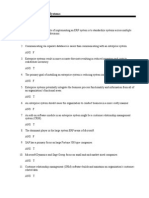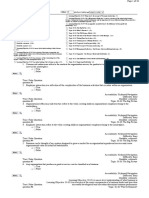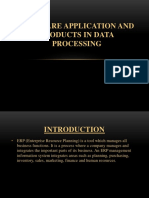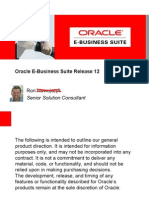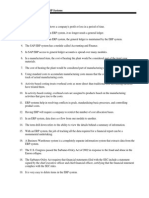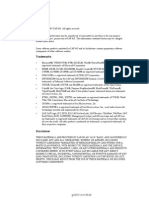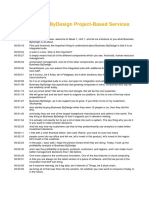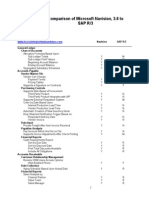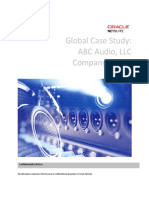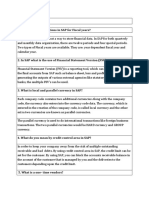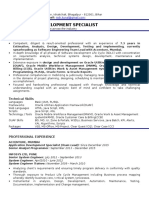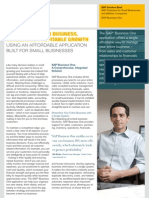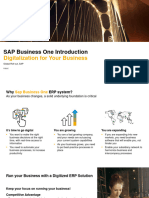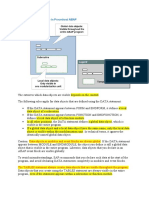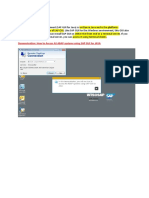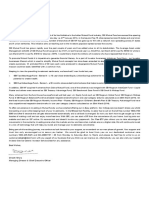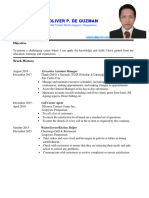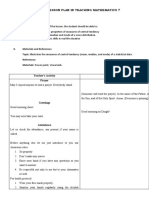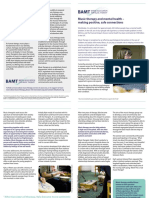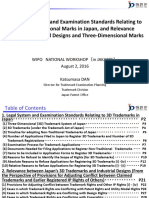100% found this document useful (1 vote)
320 views23 pagesSAP Solutions for Business Growth
SAP focuses on scaling customers' core businesses through on-premise solutions, innovating through extensions in on-demand solutions, and extending customers' reach through on-device solutions. To support customers in a changing business world, SAP expands its portfolio with instant value solutions while maintaining consistency across data, processes, and applications.
Uploaded by
DebebookCopyright
© © All Rights Reserved
We take content rights seriously. If you suspect this is your content, claim it here.
Available Formats
Download as DOCX, PDF, TXT or read online on Scribd
100% found this document useful (1 vote)
320 views23 pagesSAP Solutions for Business Growth
SAP focuses on scaling customers' core businesses through on-premise solutions, innovating through extensions in on-demand solutions, and extending customers' reach through on-device solutions. To support customers in a changing business world, SAP expands its portfolio with instant value solutions while maintaining consistency across data, processes, and applications.
Uploaded by
DebebookCopyright
© © All Rights Reserved
We take content rights seriously. If you suspect this is your content, claim it here.
Available Formats
Download as DOCX, PDF, TXT or read online on Scribd
/ 23












